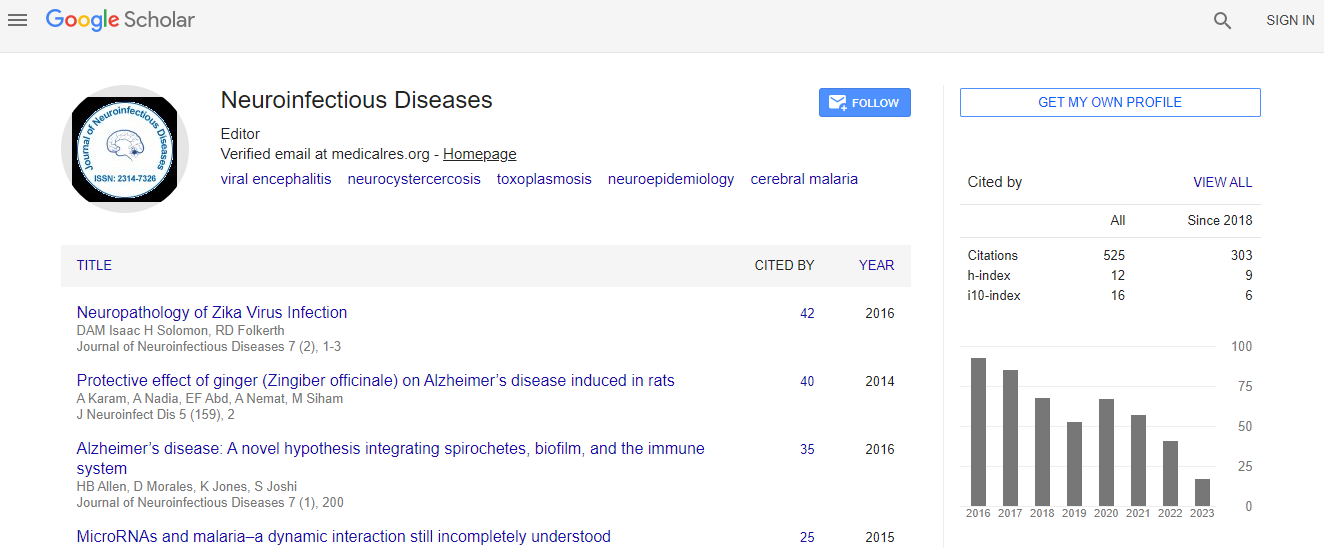Editorial
Unveiling the Undiscovered: Etiology of Acute Encephalitis Syndrome in North India
Amita Jain*, Parul Jain and Bhawana Jain
Department of Microbiology, King George’s Medical University, Lucknow, India
- *Corresponding Author:
- Amita Jain
Department of Microbiology
King George’s Medical University
Lucknow, UP, India, 226003
Tel: 091-9415023928
E-mail: amita602002@yahoo.com
Received date: March 27, 2015; Accepted date: April 28, 2015; Published date: April 30, 2015
Citation: Jain A, Jain P, Jain B (2015) Unveiling the Undiscovered: Etiology of Acute Encephalitis Syndrome in North India. J Neuroinfect Dis 6:e101. doi:10.4172/2314-7326.1000e101
Copyright: © 2015 Jain A, et al. This is an open-access article distributed under the terms of the Creative Commons Attribution License, which permits unrestricted use, distribution, and reproduction in any medium, provided the original author and source are credited.
Abstract
Acute Encephalitis Syndrome (AES) poses a great public health problem in India, occurring both in epidemics and sporadically. The magnitude of the problem has been estimated to be around 50,000 cases and 10,000 deaths annually. Traditionally Japanese encephalitis (JE) has been considered to be the most important cause of AES in our country. The overemphasis on JE is so much so that AES surveillance is paralleled to JE surveillance for all practical purposes. In 2014, the total numbers of AES cases and deaths reported from India were 10,853 and 1717 respectively and the corresponding values for JE were 1657 (~15%) and 293 (~17%) respectively. This implies that other undiscovered or neglected etiology of AES, which accounts for about 85%, also exists and should also be looked for.

 Spanish
Spanish  Chinese
Chinese  Russian
Russian  German
German  French
French  Japanese
Japanese  Portuguese
Portuguese  Hindi
Hindi 
